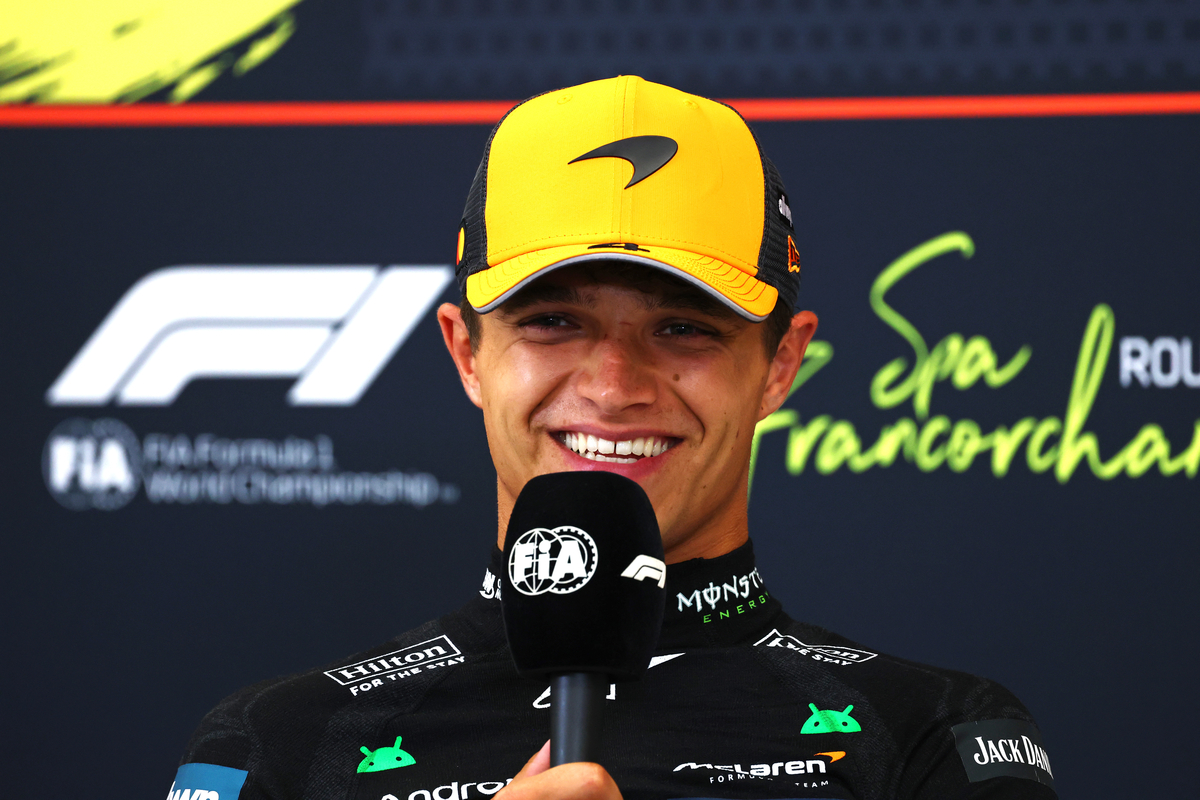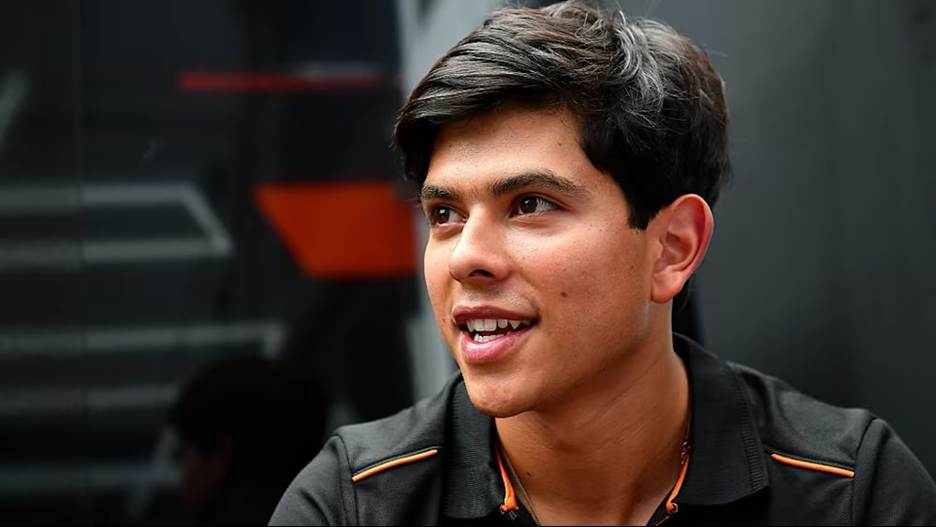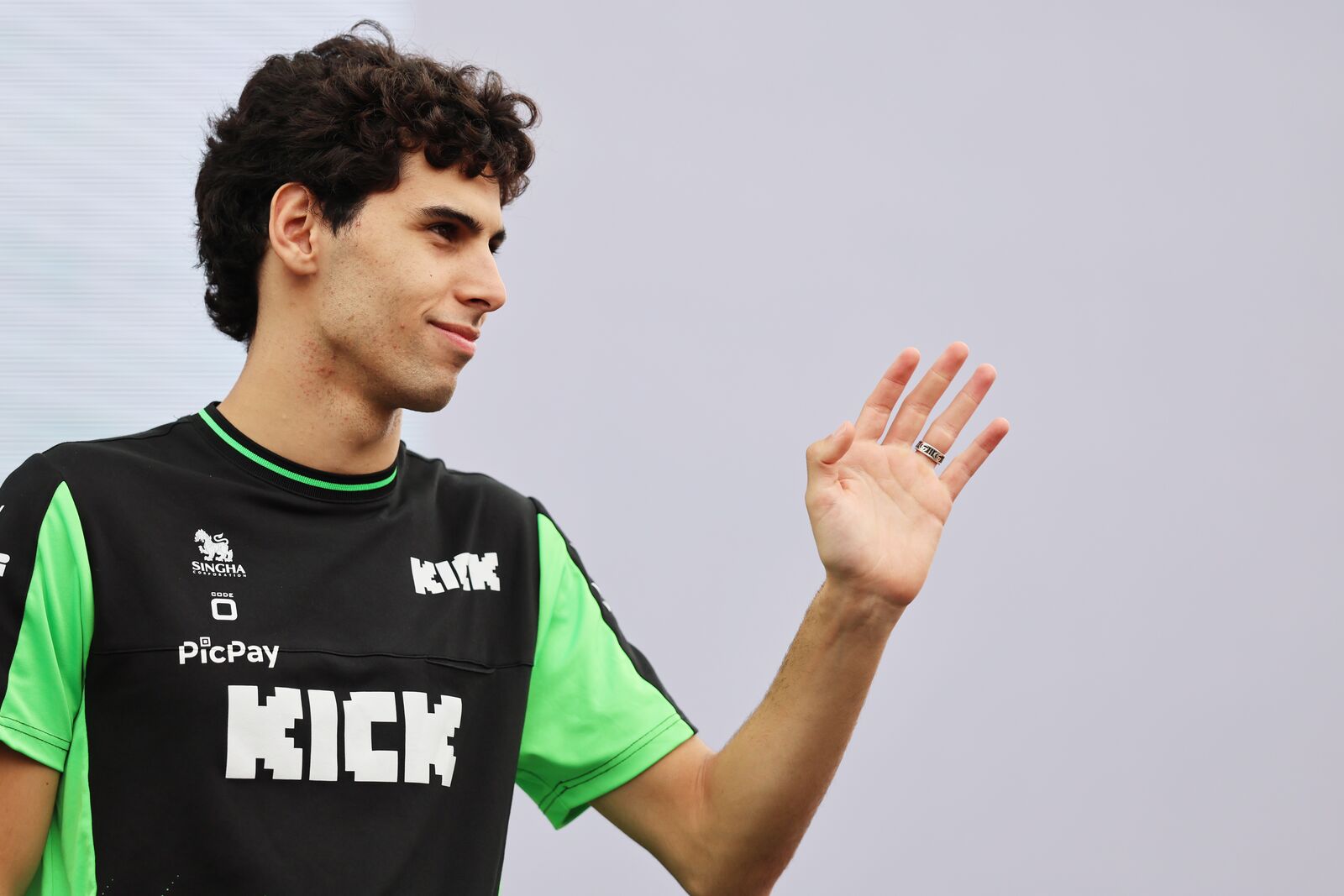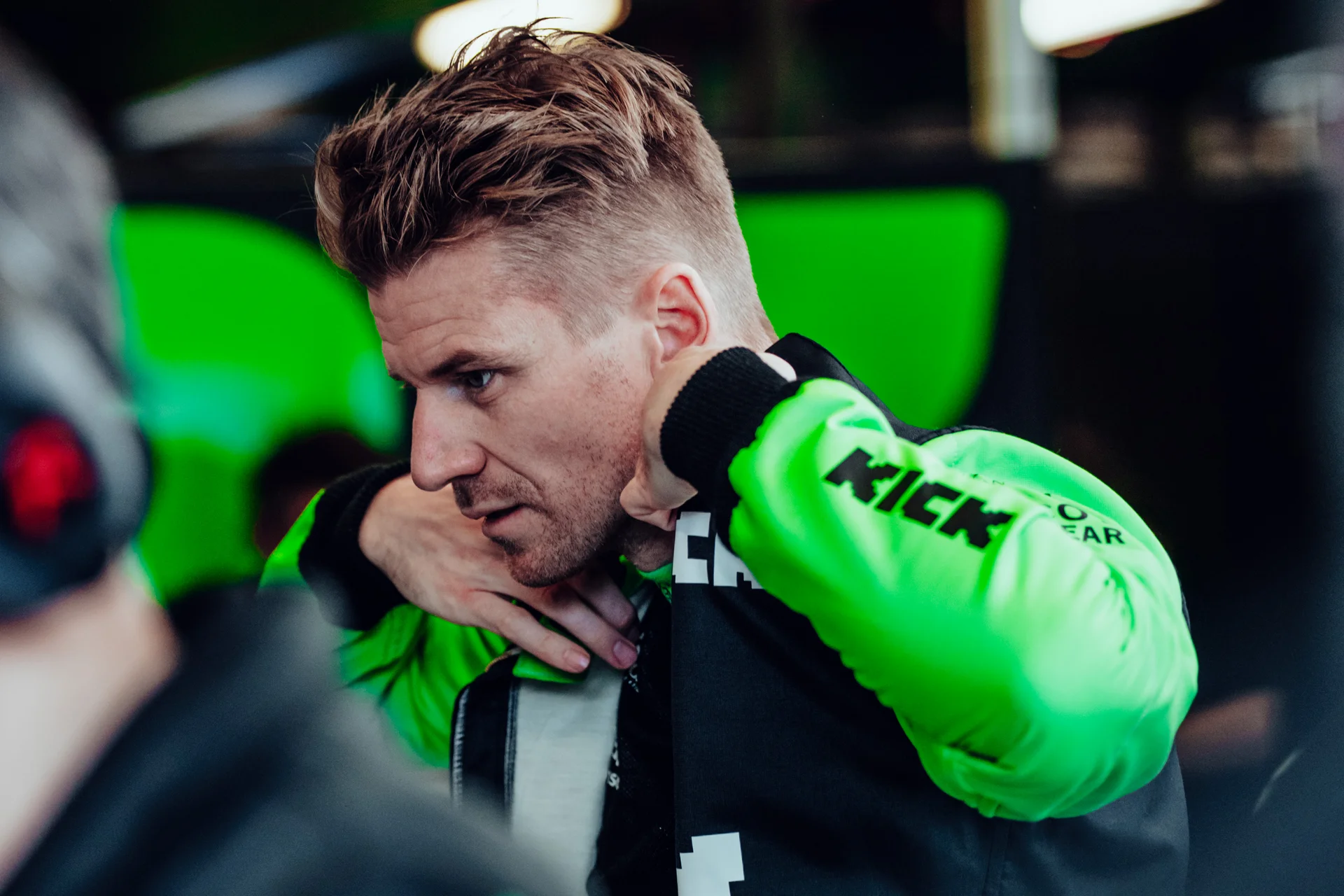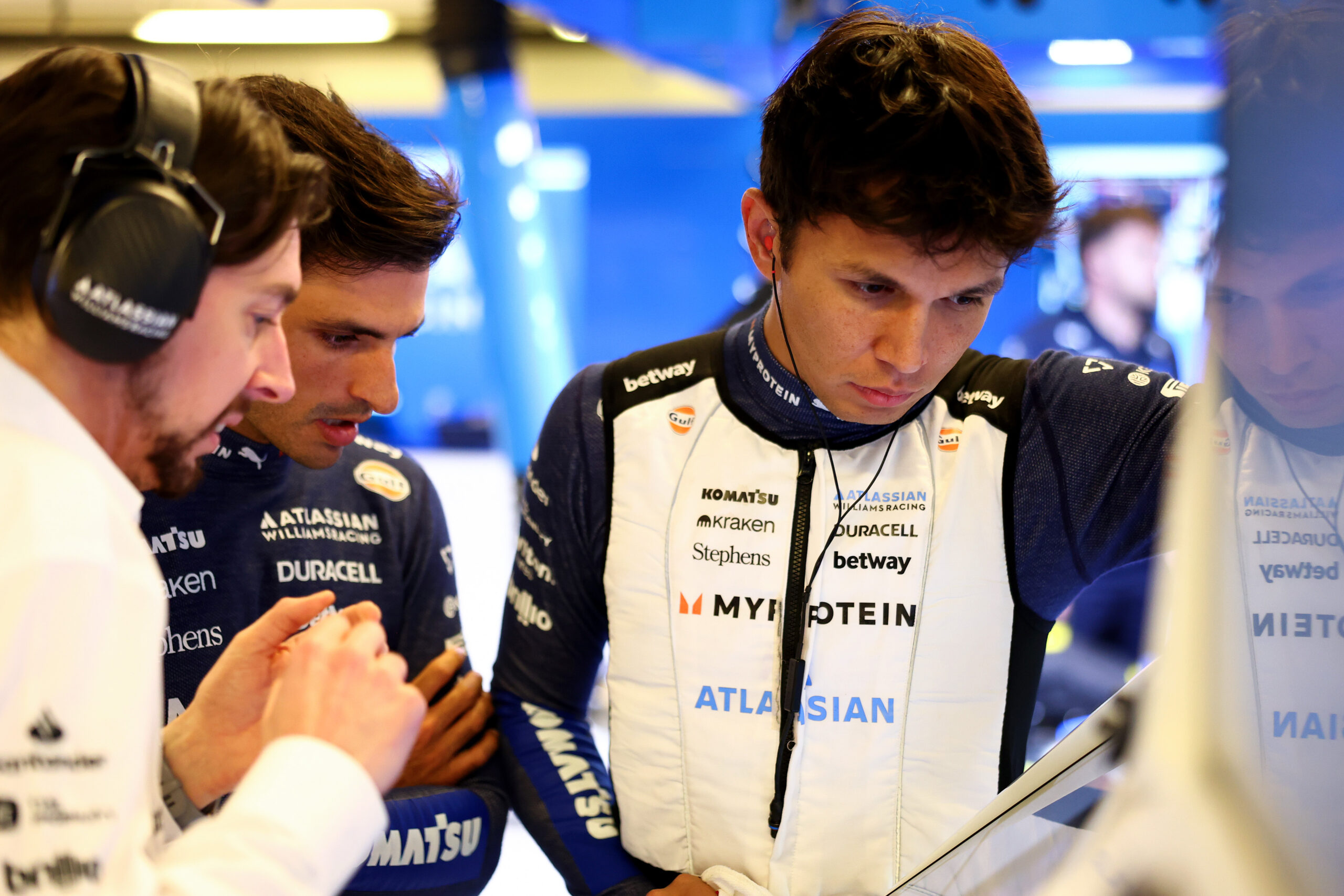Lando Norris began the F1 Belgian GP from pole but lost the lead almost immediately. On the Kemmel straight, Oscar Piastri swept past after the rolling start. Struggling with battery deployment and the fact he had a poor run out of turn 1, Norris couldn’t defend.
During the pit-stop phase, he stayed out one lap longer than Piastri and switched to hard tyres. It dropped him over eight seconds behind. From that point, he launched a determined chase, gaining ground with stronger tyre performance on the Ca. The lead shrank to just over three seconds, but mistakes at La Source on laps 26 and 42 cost him dearly. An off at Pouhon also hampered his charge.
Those errors ended his hopes of a late move for the win. Ultimately, Piastri held firm, and Norris finished second in a race that had seemed within reach.
Attention now shifts to the Hungarian Grand Prix, the final event before the summer break. Known for its tight layout and limited overtaking zones, the Hungaroring puts extra pressure on qualifying. With rain likely on race day and a 16-point gap to close, Norris faces another critical test in the title battle during the F1 Hungarian GP
Battery settings hindered Norris at the start of F1 Belgian GP
Norris reflected on the F1 Belgian GP with frustration. He knew there were things he could have done better, but he didn’t believe those things would have changed the result. Even with a perfect restart and a cleaner Turn 1, he doubted he could have beaten Piastri down to Turn 5. A battery setting issue made things worse.
Piastri had slightly better deployment, which gave him an edge. Norris said he did his best, but it likely was never going to be enough. The Australian would have passed him either way.
“Yeah, I mean, there’s hindsight of certain things. Nothing which means I would have won a race. There’s also things he probably could have done better, too. So, you know, even if I had a mega last corner or mega turn one, still, yeah, pretty good chance he would have passed him anyway. So sometimes you just got to accept that. As much as I would like to win them all, you can’t.
“So yeah, a tougher one to take because I don’t feel like it’s because I did a bad job. I didn’t have the best run. But at the same time, we have some, not problems, some incorrect settings with the battery, which meant he had a slight advantage of battery compared to me, which certainly didn’t help. But I also didn’t go the best two corners, whether that would have made a difference or not. Hard to say. With the issue, he probably would have passed me no matter what.”
The F1 Hungarian GP as a key moment in the season for Norris
He also pointed to problems in the pits and on track. His pit stop was slow. A lock-up into Turn 1 cost him over a second. Together, those two issues added up to around four seconds lost. That gap could have made a difference. Norris didn’t think a different strategy like a double stack would have helped.
The mistakes still hurt. He admitted both he and the team had things to improve. They’re working on fixing those details. The race slipped away not because of one big error, but because of a few small ones. Norris knows he needs to be cleaner next time. With Piastri leading the title fight, Hungary will be a key moment in the season.
“So, yeah, a tougher one to take from our perspective. But otherwise, from the strategy and pit stops, yeah, tough to say. I don’t think a double stack would have been any better. You know, I just had a slow pit stop. It was more of a slow pit stop. And it was one of my lock-ups in turn one, which cost me like over a second and a bit.
“You put those two things together, it’s like four seconds of race time. There’s things I could have done better and we as a team could have done better. And that’s what we try to work on.”
Norris finds balance ahead of the Hungarian GP as pushing less delivers more
Norris reflected on how his approach has changed over the season. At first, he pushed himself to the absolute limit in every session, aiming for flawless performances. While that sometimes brought strong results, it also led to costly errors, as qualifying in Saudi Arabia proved.
Over time, he realized that taking a slightly more measured approach could be just as effective as McLaren comfortably hold the fastest car in 2025. Driving with a bit more restraint has helped him find consistency without sacrificing too much pace.
He acknowledged that earlier in the year, he may have overreached in pursuit of perfection, but now understands the importance of knowing when to take risks and when to manage the car more carefully.
With the championship battle intensifying, he sees value in a more controlled style that avoids unnecessary mistakes while still delivering competitive speed.
“It can be a mix. I mean, sometimes this year, even 99%, even 95% were really fine. And those is some of the things I… Some of my mistakes earlier on in the season, I try to perform at 101%. Sometimes that’s amazing. Sometimes that’s, I think, as good as you can get. And, yeah, that’s what I feel is the optimum of what I, and I think a driver, can achieve at times. I do believe that.
“But also, sometimes I should drive at 95% or even 90% and that’s not enough to be on pole or P2 sometimes. So, yeah, I regret trying to… I mean, I do regret trying to be so good at the beginning part of the season. And I think now, already, I can sometimes settle for a 95% lap and that’s still good enough.”

